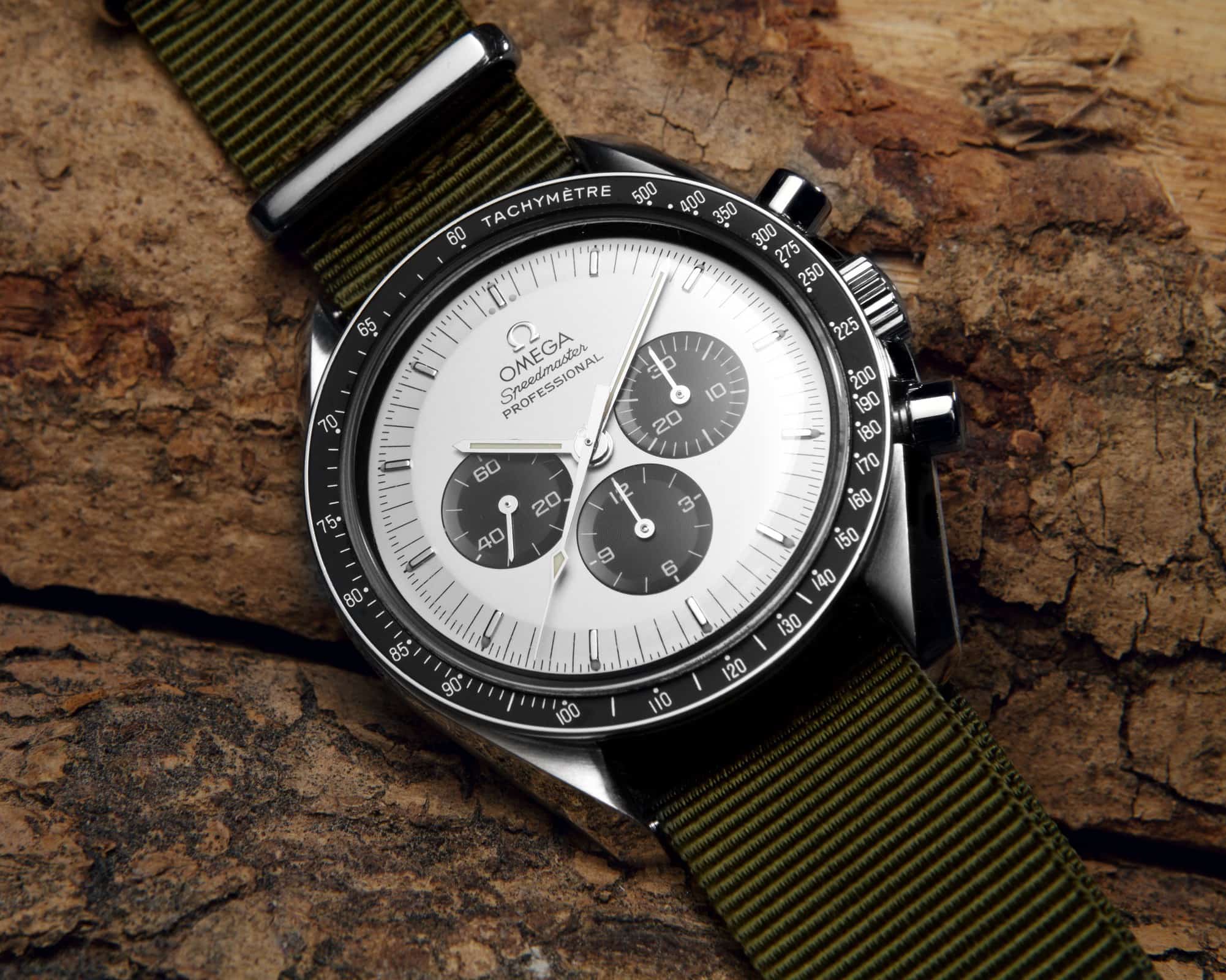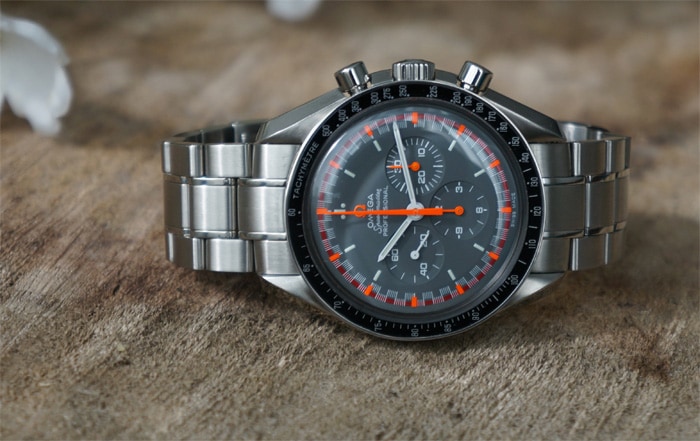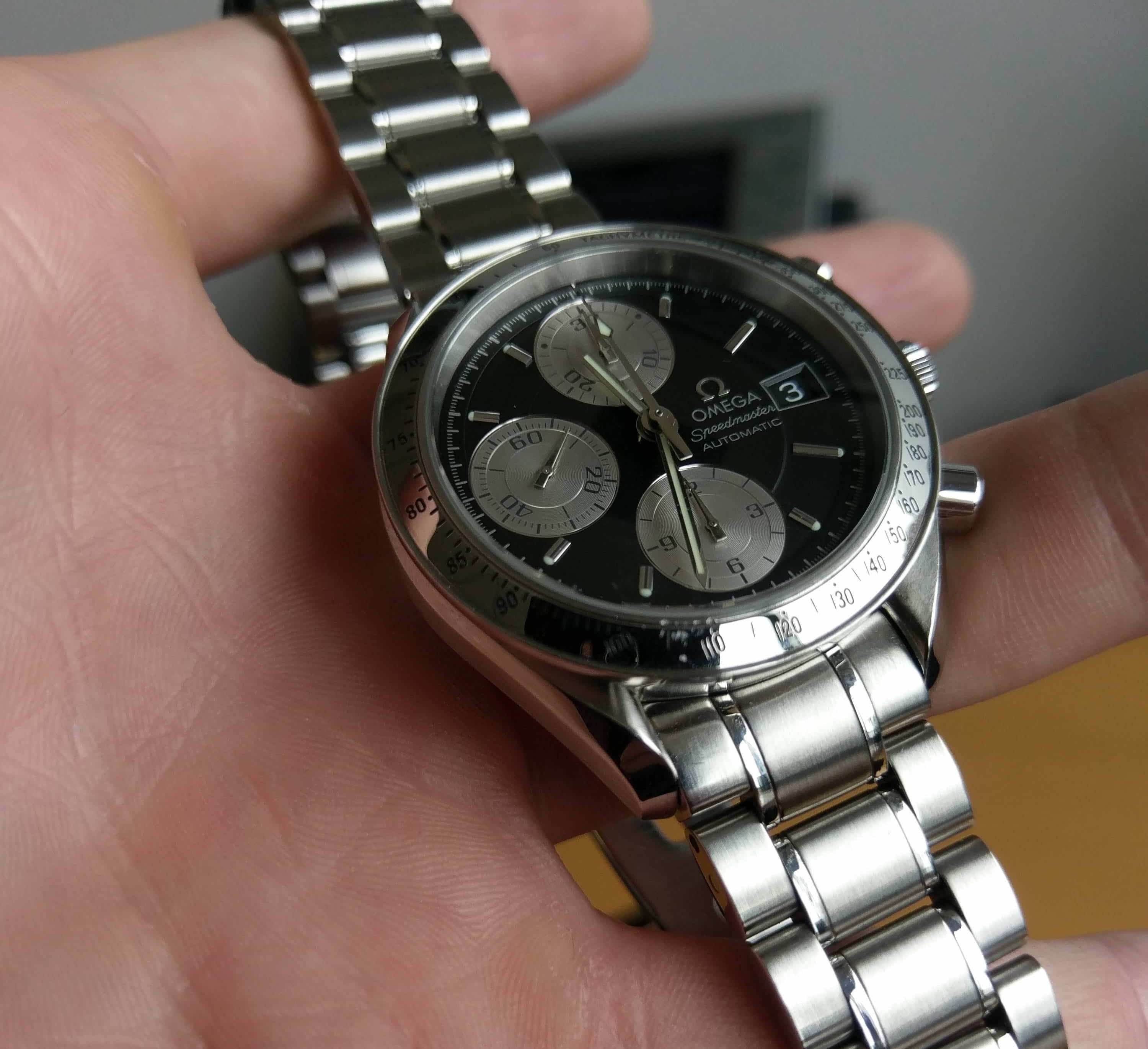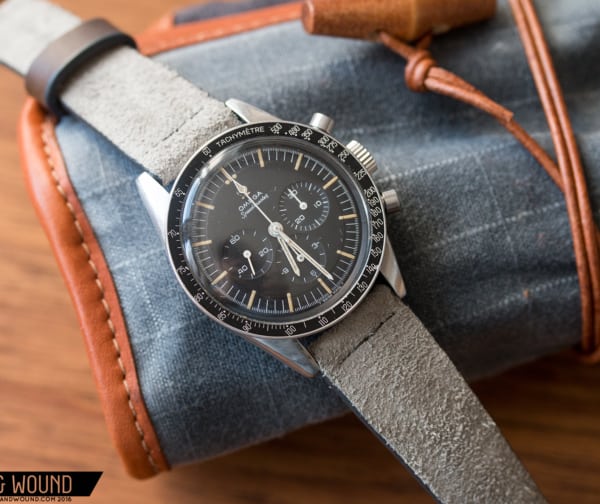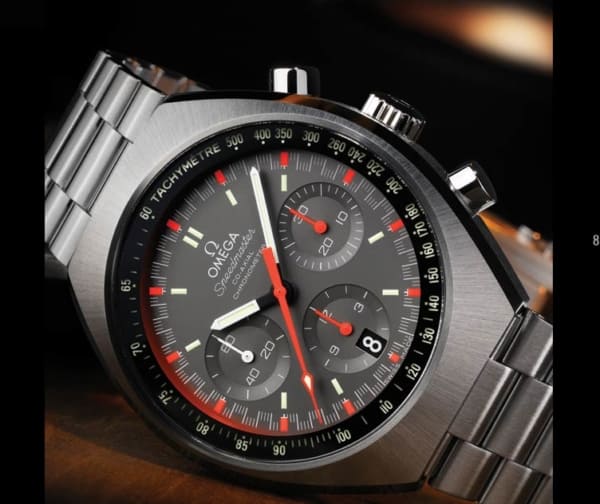Hipsters in Japan are a special breed. You’re not a real Tokyo hipster, we’re lead to believe, unless you live in Tokyo, prowling the streets in a Lotus Elite, right after you bought the book on old-school denim while wearing something old and Swiss on your wrist. Between cultural mass-luxury leanings and obsession with imported style, there may be no more fertile ground for watch collecting than Japan. And there may be no more collectible a watch brand than Omega. Japan is the brand’s second-largest market. It was one of the first Swiss brands sold in Japan, according to longtime importer DKSH; by the 1950s, Omega had commanded a sizeable 30% of the market. In a video for the Tokyo Olympics, Prime Minister Shinzo Abe wears a vintage Omega Constellation, just before he transforms into Mario. “They like Rolex Submariners, The Explorer, the IWC Mark series and the Speedmaster,” explains our own Hung Doan. “I think because those are ‘adventurer’ watches with backstories. Especially NASA romanticism/history.”
Japanese watch otaku are particularly enamored with the Omega Speedmaster—so much so that they wound up writing the book on it. Long-lived and mission-tested, the Speedmaster is an archetype: a standard of the world, an ideal design distilled into simplicity. And yet, it is a watch that lends itself so readily to permutation—with ever-multiplying designs and movements, to say nothing of 60 years worth of variants. Omega gets to stoke the Japanese market with the newest limited-edition releases, which then trickle down to avant-garde Westerners.
So, the Japanese love Omega. And judging by the following special Japanese-market editions it’s unleashed to the fawning hipsters, Omega loves Japan, too. Below are some of the coolest–and yes, strangest–Speedmasters to come out of the land of the rising sun.









 Featured Videos
Featured Videos




